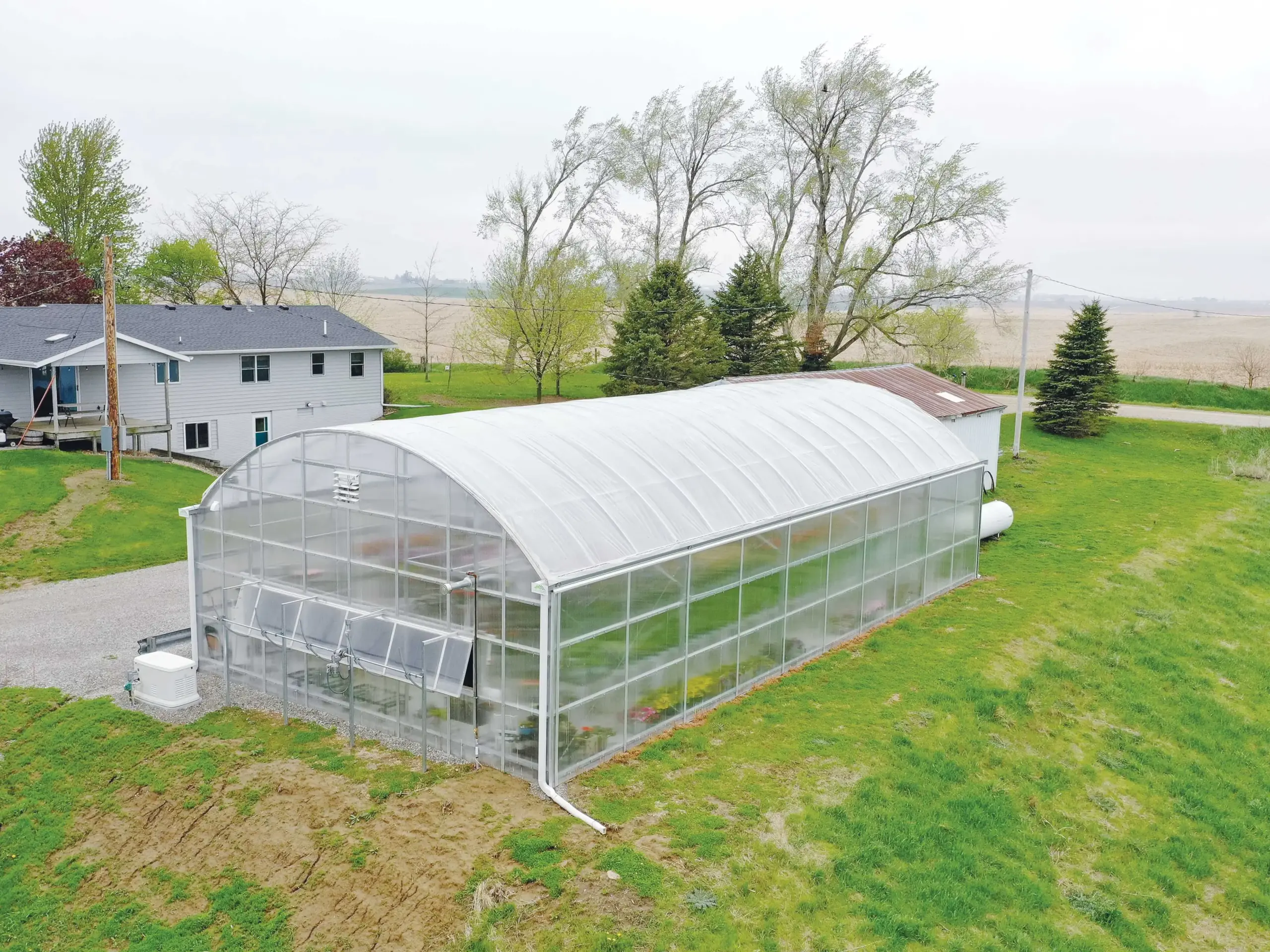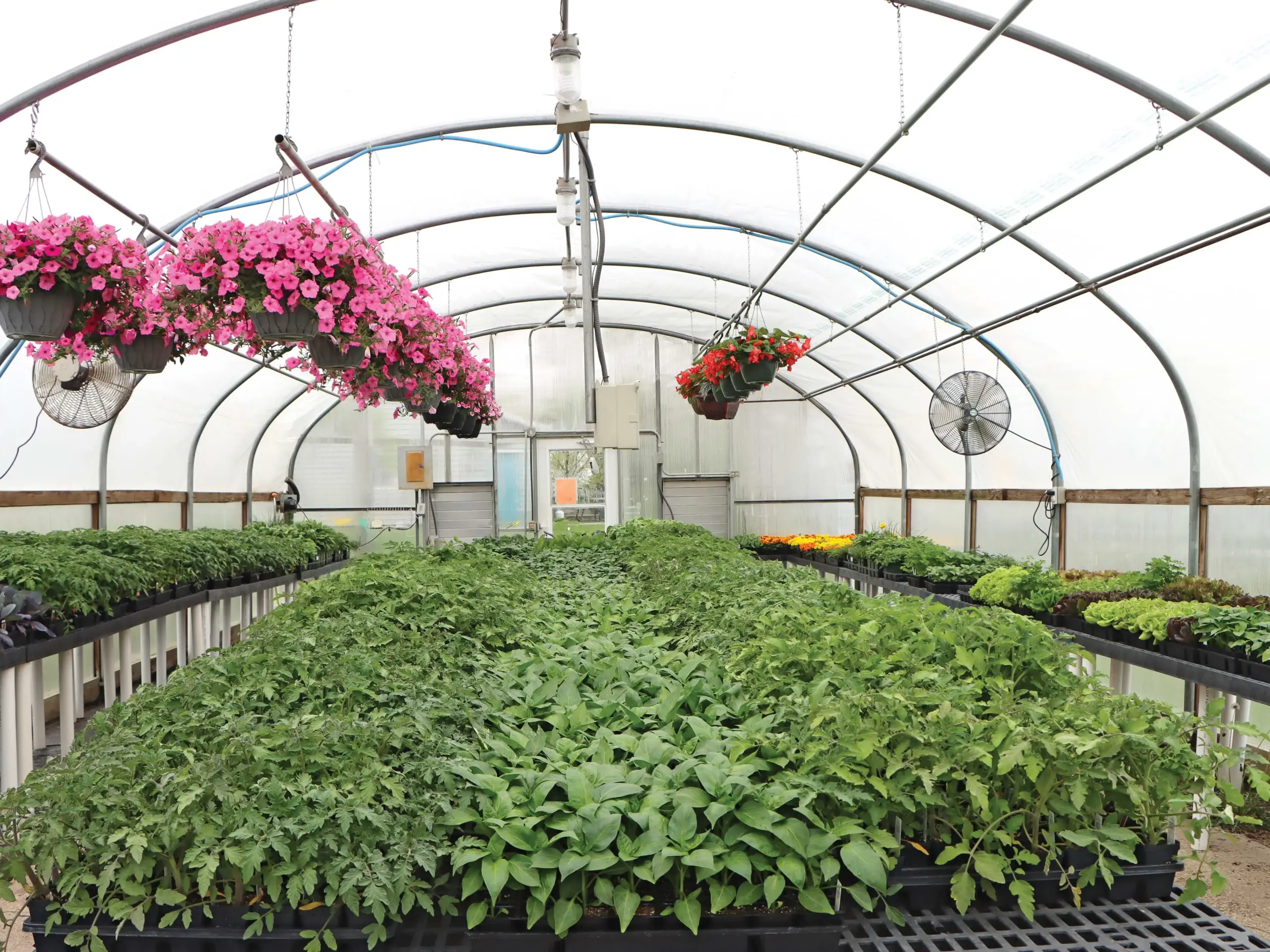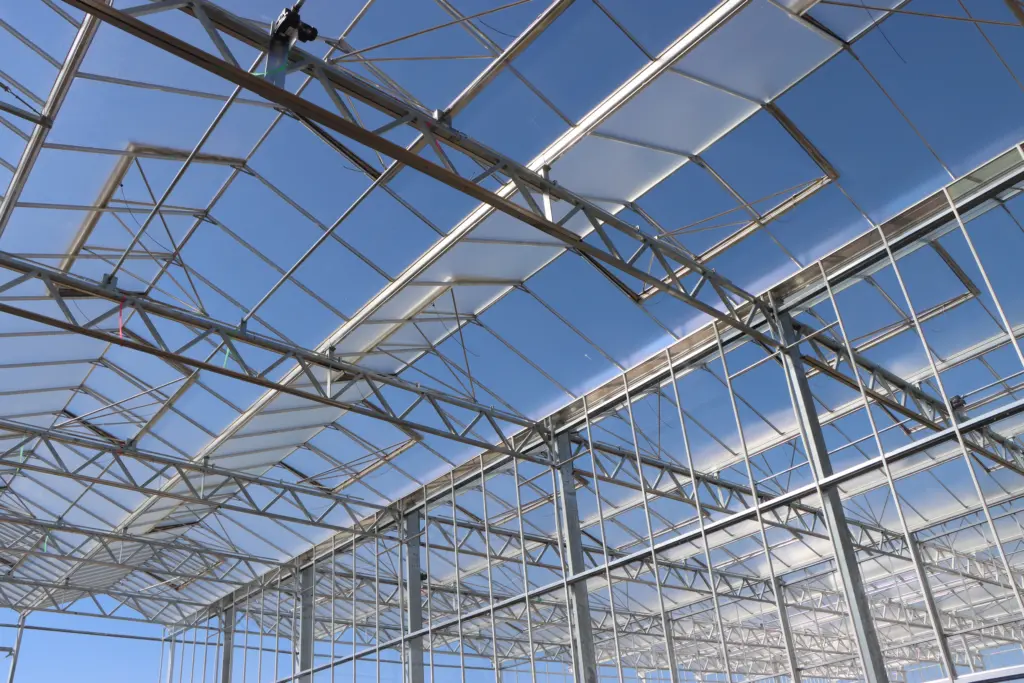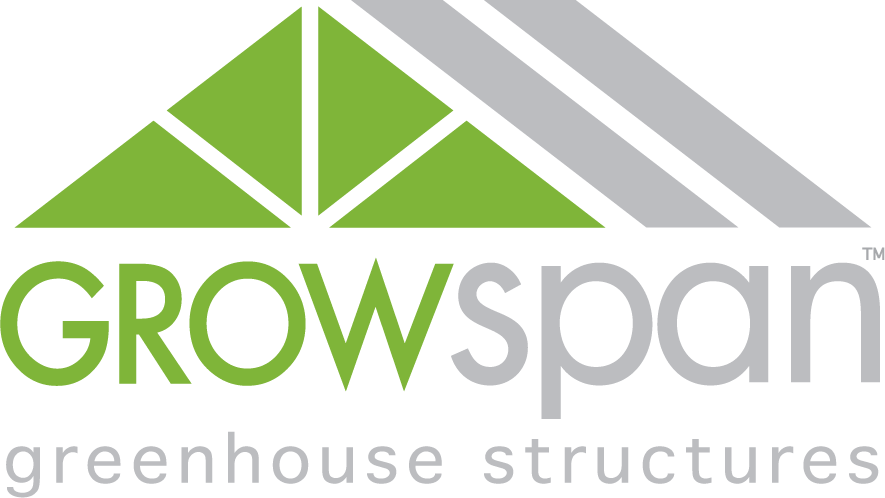The Biggest Decisions When Choosing Designs For Greenhouses
Seeing a greenhouse project come to life is an exciting moment for any commercial grower. After months of legwork and preparation, like choosing a location for their structure, acquiring permits, setting up utility access and finalizing other details in their greenhouse plans, they get to see their structure finally take shape during the installation process.
But, what exactly does that look like? With so many different designs for greenhouses available on the market today, it’s rare that two projects are one in the same, and the right design is something that’s often unique to each individual operation.
From stock to completely custom options, it’s important for growers to find a structure that suits both their immediate and long-term operational goals. To do so, they’ll need to take into account their budget, available space and desired crop type, and then weigh that information against the most impactful features of greenhouse design. Three of those key elements are the style of structure, including its roof profile and whether it’s free-standing or gutter-connected, the size of the greenhouse and the cladding material used to cover it.
Free-Standing Or Gutter-Connected?
The first consideration while navigating designs for greenhouses is size. Growers will need to determine the scale at which they want to grow, as well as how that correlates to their budget and usable space. Depending on their conclusion, they will choose from two general greenhouse classifications: free-standing or gutter-connected.
In either style, growers will also need to make a decision regarding their roof profile. Two of the most common shapes used in designs for greenhouses are gothic and round, each of which comes with their own unique benefits. Although a round-style roof can be easier to incorporate into more cost-effective structures, like GrowSpan’s S1000 Greenhouse, a gothic roof is great for improving ventilation and reducing the buildup of water, ice and snow.

Free-Standing Designs For Greenhouses
A free-standing greenhouse acts as its own standalone structure and is comprised of a singular bay. This style of greenhouse is ideal for smaller operations that require less total growing space, typically under 10,000 square feet.
Free-standing greenhouses can also be an effective option for growers with unlevel building sites. In these instances, constructing a larger, gutter-connected structure requires excess grading, which demands a substantial amount of time and resources that growers may not have available. Rather than paying for costly sitework, many growers find that installing separate, free-standing greenhouses at different points on their property is more economical.
Gutter-Connected Designs For Greenhouses
When growers want to produce crops on a larger scale and have the necessary land at their disposal, a gutter-connected greenhouse offers an ideal solution. These structures are made up of a series of individual greenhouse bays, which are connected together at the gutter level and can generally range anywhere from 12’ to 50’ wide.
Not only are gutter-connected greenhouses more efficient for a larger growing space upfront, but they are also a cost-effective solution long-term, since they enable operations to plan for expansion from the very beginning. While growers with free-standing structures will have to purchase new, separate greenhouses later down the line, operations utilizing a gutter-connected greenhouse can simply add a new bay when they’re ready, paying less for material and keeping production under one roof.
SEE HOW THESE DESIGNS FOR GREENHOUSES FUNCTION
FILM, POLYCARBONATE, OR GLASS CLADDING?
Cladding has a considerable effect on the overall quality of designs for greenhouses, including their thermal efficiency, light transmission rate and aesthetic value. This makes it one of the most important features in any greenhouse project, because whether a structure has 5,000 square feet of growing space or 20,000, growers will need to be able to maintain the ideal environment for their crop type.
The three primary kinds of cladding operations will choose from are film, polycarbonate and glass. It’s important to note that many growers also decide to mix and match their cladding, whether it’s to minimize costs, match certain roof profiles or for aesthetic purposes.
Film
Poly film is a versatile cladding option that’s popular amongst growers for its low cost, tensile strength and high light transmission rate. On commercial structures, film is commonly paired with polycarbonate sidewalls and an arched roof, since there are no corners or peaks to cause potential tearing.
While film provides a light transmission rate of around 90 percent, it does sacrifice some performance in its longevity and ability to retain heat. Single-layer poly film delivers an R-value of just .83, so depending on a grower’s region, it may not be suitable for year-round commercial production when used as the sole cladding material. Furthermore, growers will want to replace their film every four years to maintain optimal light transmission.

Growers are able to bolster this material’s thermal efficiency by adding a second layer of film, and then inflating the area between the two layers. With an R-value of approximately 1.5, inflatable double poly film offers almost double the heat retention as a single-layer option, allowing operations to take advantage of year-round growing at a more economical price point.
Sign Up Now To Learn More
Polycarbonate
Polycarbonate is instrumental in some of the most effective designs for greenhouses. 8 mm twin-wall panels in particular are renowned for their valuable combination of light transmission and light diffusion, exceptional thermal efficiency and long-lasting durability. Since polycarbonate does not bend well, it is frequently paired with gothic-style roof profiles, like on GrowSpan’s S2000 Greenhouse.
8 mm twin-wall polycarbonate offers a light transmission rate of around 80 percent. Complemented by light diffusion and UV protection, this enables most crops to thrive and mitigates the risk of them overheating or being scorched by excessive sunlight.
These panels also provide an R-value of 1.72, making them an ideal choice for commercial growers in almost any climate. Additionally, this material is shatter-resistant, virtually unbreakable and is backed by a ten year warranty, so every grower is sure to get a long life out of their cladding, regardless of any severe weather that might come their way.
Glass
Despite coming in at the highest price point of the three, growers looking for greenhouse designs that prioritize aesthetic value and light transmission may want to consider glass cladding. Along with its attractive appearance, glass delivers a light transmission rate of around 90 percent, which enables growers to maximize the sunlight’s potential and increase yields at a lower cost. Glass is employed on some of the most impressive designs for greenhouses, including GrowSpan’s Venlo Greenhouses.
In 4 mm thickness, glass possesses an R-value of 1.00. This puts it at a higher rating than single-layer poly film, but below twin-wall polycarbonate. Growers can increase their structure’s thermal efficiency by layering these panels and creating double pane, or even triple plane glass, achieving a potential R-value of over 3.00.
Similarly, growers can improve their structure by opting for tempered glass, a shatter-resistant alternative to traditional glass panels. With tempered glass, growers can create a stronger, more durable structure and reduce the risk of any panels breaking and hindering production.

No matter which direction growers want to go with their greenhouse plans, GrowSpan is able to provide the ideal structure for their needs. With some of the highest-quality designs for greenhouses in the industry today, operations can acquire a growing space that allows them to implement an effective, long-term business strategy with ease.
To learn more about the different designs for greenhouses, call or Request a Quote today.
Related Articles
A Gutter Connected Greenhouse Offers The Best Modular Greenhouse For Commercial Growers
As a modular greenhouse, a gutter connected greenhouse helps growers avoid over-spending up front and allows them to expand as their business dictates.
5 Of The Most Common Questions Regarding Greenhouse Materials
With all the different types of greenhouses out there, it’s only natural that operations have questions about their potential growing setup.
Keys To SUccessful greenhouse Installation: How Growers And Greenhouse Builders Should Approach A Project
As greenhouses become increasingly larger in size and growing technology continues to advance, so too do the requirements for pulling off a successful greenhouse installation.
Greenhouse Kits: Finding The Ideal Prefab Greenhouse For Your Operation
Once the time comes for growers to purchase a new greenhouse, it’s important they understand all of their available options.

